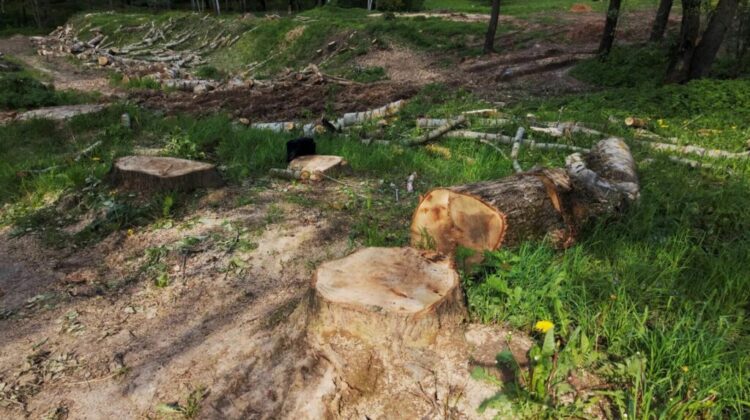
In the peaceful town of Kinnelon, New Jersey, a tranquil neighborhood dispute has recently taken a dramatic twist, serving as a stark reminder that in the realm of tree law, the penalties can be as jaw-dropping as they are eye-opening.

For tree enthusiasts and legal aficionados alike, the intricacies of tree law have found a peculiar home in online communities such as r/legaladvice, where tales of arboreal disputes and their consequences regularly grace the virtual pages. The allure lies in the potential consequences, which often make for riveting reading.

Twitter user Sam Glickman, known as @SamAsIAm, recently took to the platform to relay a tale that has left many slack-jawed. The story, narrated by the borough forester involved in the case, later identified as John Linson by Northjersey.com, unfolded as follows.
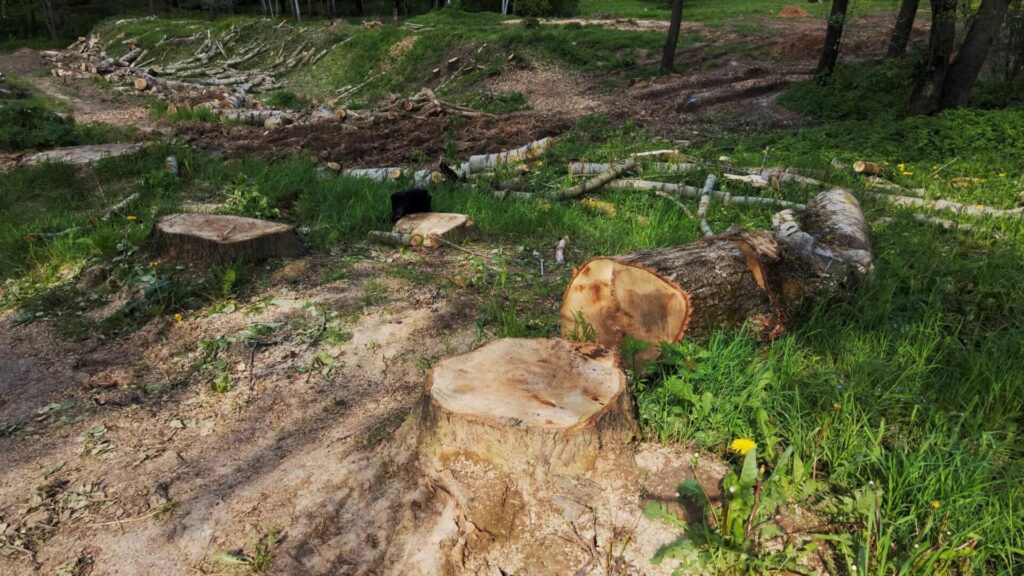
It centers on Grant Haber, the alleged culprit, who, in a quest for a better view of the iconic New York City skyline, decided to take drastic action. Haber, in a fateful decision, sanctioned the felling of 32 majestic, mature trees on his neighbor’s property in the Garden State.
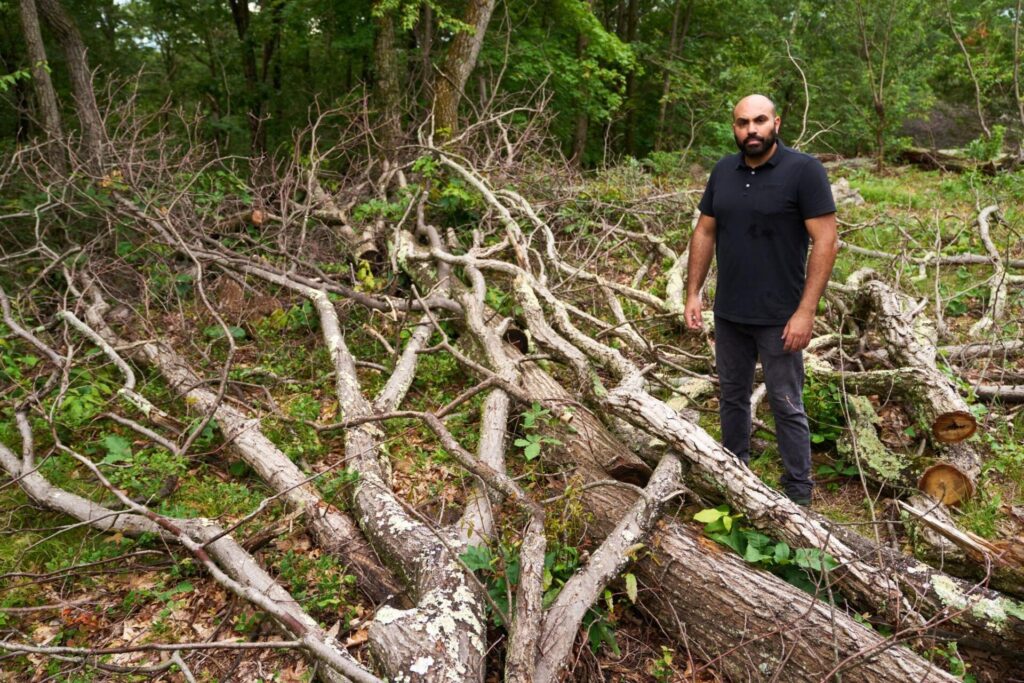
One might assume that Haber anticipated a simple monetary penalty, possibly a $32,000 fine, for his tree-cutting escapade. However, the tale takes a surprising twist due to the intricate web of laws governing tree removal in most states. Trees, given their irreplaceable nature, their substantial value, and their critical role in purifying the air, enjoy stringent legal protections.

As Glickman disclosed, the penalty for such an offense in this case is a staggering $1,000 per tree. But the complexity does not end there. The arborist involved took legal action against all three parties, totaling 96 violations. To make matters even more onerous, there’s a stipulation mandating the replacement of the felled trees with counterparts of equivalent size.
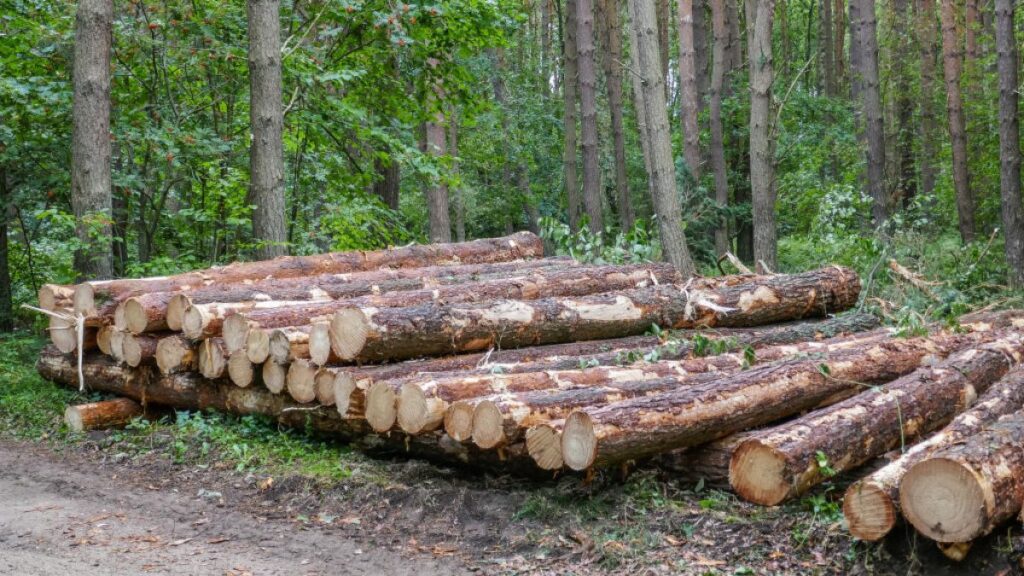
In essence, the responsibility falls not only on the shoulders of the perpetrator but also on those he hired to execute the deed. They must replace the trees, not merely with saplings but with fully grown trees that must be successfully transplanted onto the victim’s property.
Transporting and transplanting mature trees, a challenging endeavor, incurs substantial costs. Glickman revealed that the victim had engaged the only company willing to undertake the task, which quoted a staggering $1.5 million. This sum, if accurate, is compounded by additional fines amounting to $400,000. The collective financial burden for felling 32 mature trees looms at an astonishing figure of nearly $2 million.
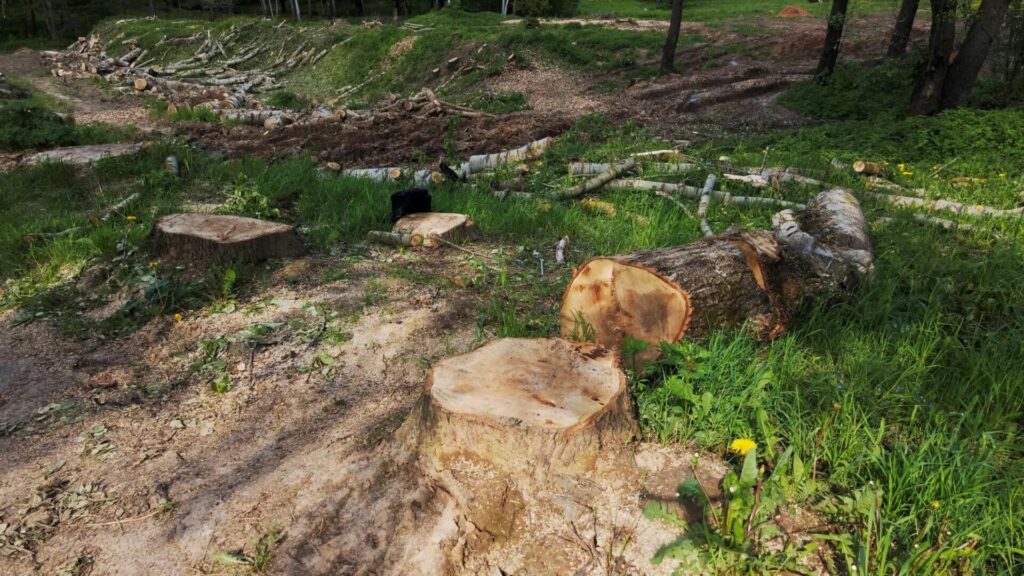
A preliminary hearing in the Kinnelon Municipal Court unfolded via Zoom on June 27, a spectacle that Glickman described as “overwhelming,” with some attendees even asked to leave to accommodate the prosecutor’s login. Subsequently, the session was rescheduled for July 18, as Haber’s legal counsel requested more time to review the case-related information.
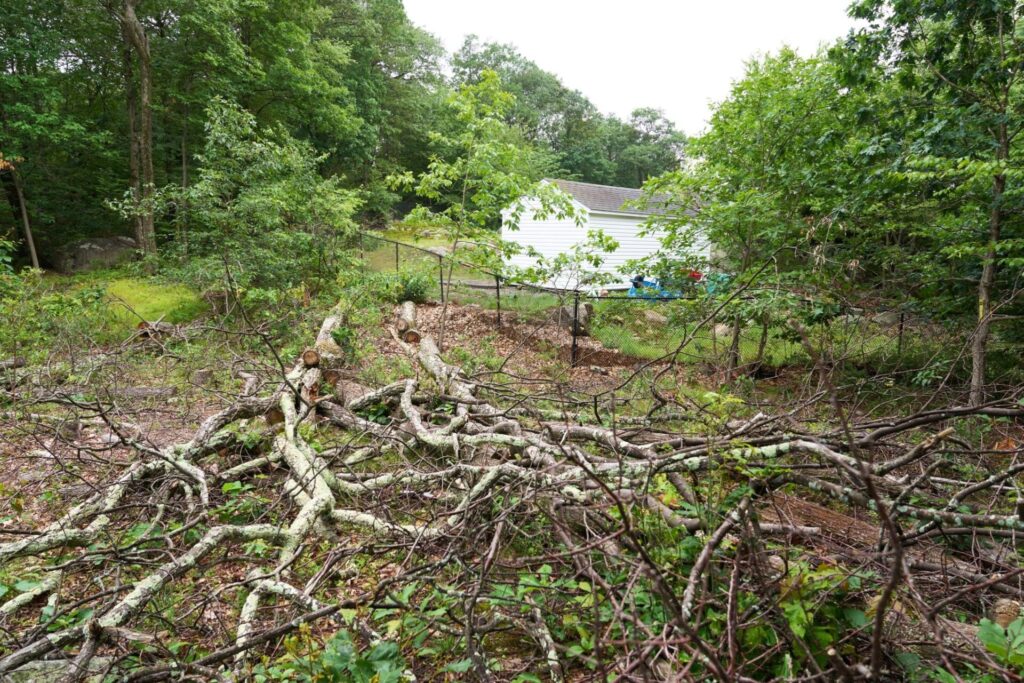
When approached by Northjersey.com for a response to the social media estimate of the tree replacement cost, John Linson, the borough forester, opted not to comment directly but suggested that it might be “slightly exaggerated.” However, he did confirm that 32 trees were indeed removed without the necessary permit.


This extraordinary tale serves as a stark cautionary tale for those tempted to tamper with nature’s sentinels. The penalties for such actions, in the world of tree law, can be as staggering as the trees themselves are majestic.

Leave a Reply